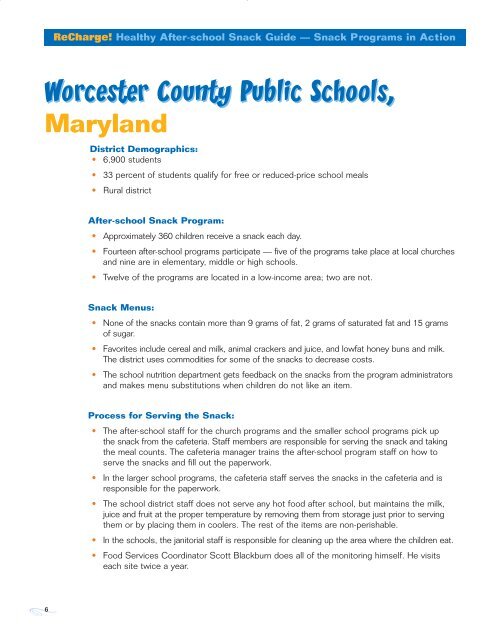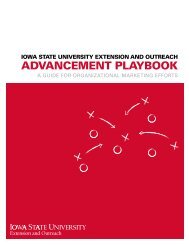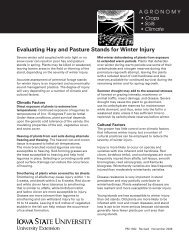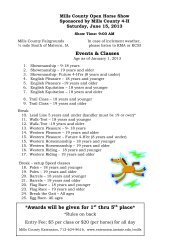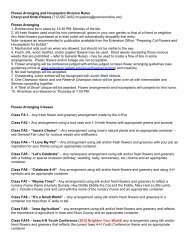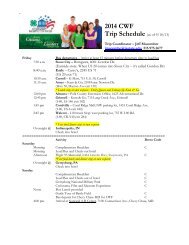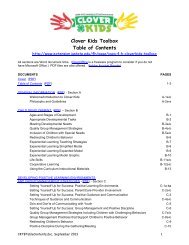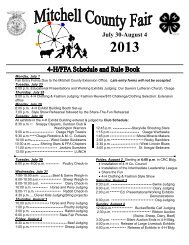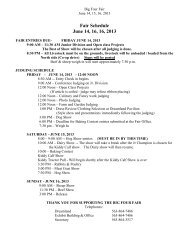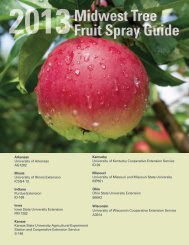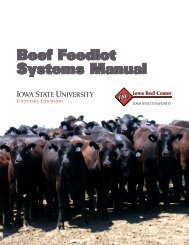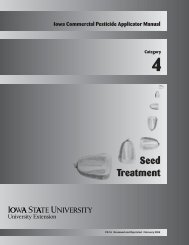Afterschool Snack Guide
Afterschool Snack Guide
Afterschool Snack Guide
Create successful ePaper yourself
Turn your PDF publications into a flip-book with our unique Google optimized e-Paper software.
Worcester County Public Schools,<br />
Maryland<br />
6<br />
ReCharge! Healthy After-school <strong>Snack</strong> <strong>Guide</strong> — <strong>Snack</strong> Programs in Action<br />
District Demographics:<br />
• 6,900 students<br />
• 33 percent of students qualify for free or reduced-price school meals<br />
• Rural district<br />
After-school <strong>Snack</strong> Program:<br />
• Approximately 360 children receive a snack each day.<br />
• Fourteen after-school programs participate — five of the programs take place at local churches<br />
and nine are in elementary, middle or high schools.<br />
• Twelve of the programs are located in a low-income area; two are not.<br />
<strong>Snack</strong> Menus:<br />
• None of the snacks contain more than 9 grams of fat, 2 grams of saturated fat and 15 grams<br />
of sugar.<br />
• Favorites include cereal and milk, animal crackers and juice, and lowfat honey buns and milk.<br />
The district uses commodities for some of the snacks to decrease costs.<br />
• The school nutrition department gets feedback on the snacks from the program administrators<br />
and makes menu substitutions when children do not like an item.<br />
Process for Serving the <strong>Snack</strong>:<br />
• The after-school staff for the church programs and the smaller school programs pick up<br />
the snack from the cafeteria. Staff members are responsible for serving the snack and taking<br />
the meal counts. The cafeteria manager trains the after-school program staff on how to<br />
serve the snacks and fill out the paperwork.<br />
• In the larger school programs, the cafeteria staff serves the snacks in the cafeteria and is<br />
responsible for the paperwork.<br />
• The school district staff does not serve any hot food after school, but maintains the milk,<br />
juice and fruit at the proper temperature by removing them from storage just prior to serving<br />
them or by placing them in coolers. The rest of the items are non-perishable.<br />
• In the schools, the janitorial staff is responsible for cleaning up the area where the children eat.<br />
• Food Services Coordinator Scott Blackburn does all of the monitoring himself. He visits<br />
each site twice a year.


